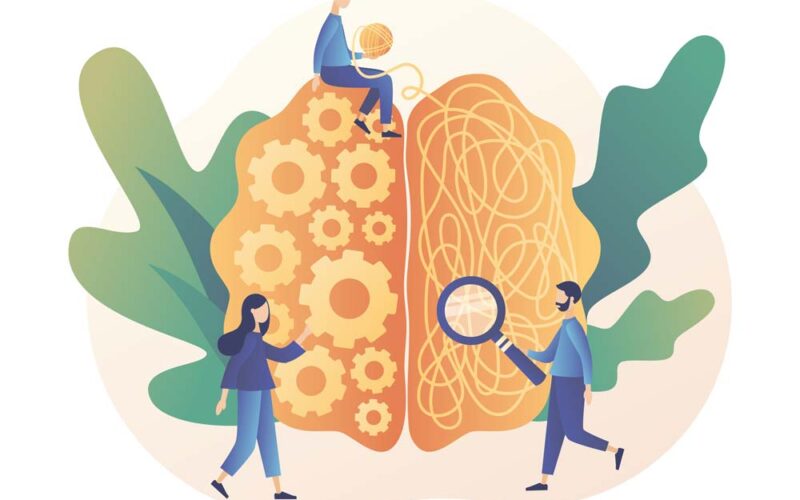We believe that we are in control of ourselves. We think that all of our behaviours and thoughts come from the conscious mind, yet it is not valid. All phycologists admit that there is an under-mind that processes many heavy-lifting activities (Stafford, 2015). There are more activities going on underneath the subconscious states than we realise. Not all our actions are results of our conscious decisions; it mostly originates from our subconscious decisions. Gerald Zaltman, a professor at Harvard Business School, speculates that 95% of all cognition, such as all the thinking and behaviours, fall under the subconscious (Morse, 2002).
What is the subconscious mind?
The term “subconscious” refers to the mental activities below the threshold of consciousness (www.merriam-webster.com. n.d.). Prem Kamble (2021) explains the concept of the subconscious mind by using the example of an elephant in a circus. He points out that the giant elephants in a circus are tied with a chain to a small stake that they would easily pull and run away if they attempted. However, they do not do so because when they were younger, they experienced that they could not break free from the chains tied to their bodies. They pulled and pulled until they hurt and bled but could not escape. This memory slowly went into the subconscious mind, which led the giant elephants to believe that they could not escape even if they could.
As the example of the giant elephants, all old memories, emotions, such as anxiety, embarrassment, and joy, and creativity sources are lying hidden in the subconscious, which is often the reason behind our mysterious behaviour that cannot be explained through the conscious mind. Therefore, according to our past experiences, we write down what we should or should not do in our own rule books in the subconscious mind to avoid any dangers.
Scientific approach towards the subconscious
Many activities conducted in the human brain remain unknown. According to Euronews (2014), only 10% of human brain activity is understood, which means 90% is still waiting to be discovered. To investigate the functions of the human brain including subconscious mind, scientists in the European Union Research Project have been utilising complex technologies, particularly robots. In addition, others have been integrating virtual reality and mixed reality platforms to monitor how the brain functions when we make a certain move. Moreover, scientists also use various physiological sensors that receive signals from the conscious and subconscious minds. Neuroscientist Anna Mura commented that these new technologies allowed scientists to upgrade subconscious processes to make them conscious (Euronews, 2014).
In summary, scientists have been approaching the subconscious mind through various methods and technologies. Therefore, what is unknown in our brain today might be known tomorrow.
REFERENCE:
- Stafford, T. 2015. Your subconscious is smarter than you might think. [online] Bbc.com. Available at: https://www.bbc.com/future/article/20150217-how-smart-is-your-subconscious [Accessed 23 Mar. 2022].
- Morse, G., 2002. Hidden Minds. [online] Harvard Business Review. Available at: <https://hbr.org/2002/06/hidden-minds> [Accessed 23 March 2022].
- www.merriam-webster.com. n.d. Definition of SUBCONSCIOUS. [online] Available at: https://www.merriam-webster.com/dictionary/subconscious#other-words [Accessed 23 Mar. 2022].
- Kamble, P. 2021. What is Subconscious Mind? Does it Impact our Behaviour? [online] SSRN. Available at https://ssrn.com/abstract=3806525 or http://dx.doi.org/10.2139/ssrn.3806525 [Accessed 23 Mar. 2022].
- Euronews. 2014. Beyond the subconscious. [online] Available at: https://www.euronews.com/next/2014/02/10/beyond-the-subconscious [Accessed 23 Mar. 2022].
